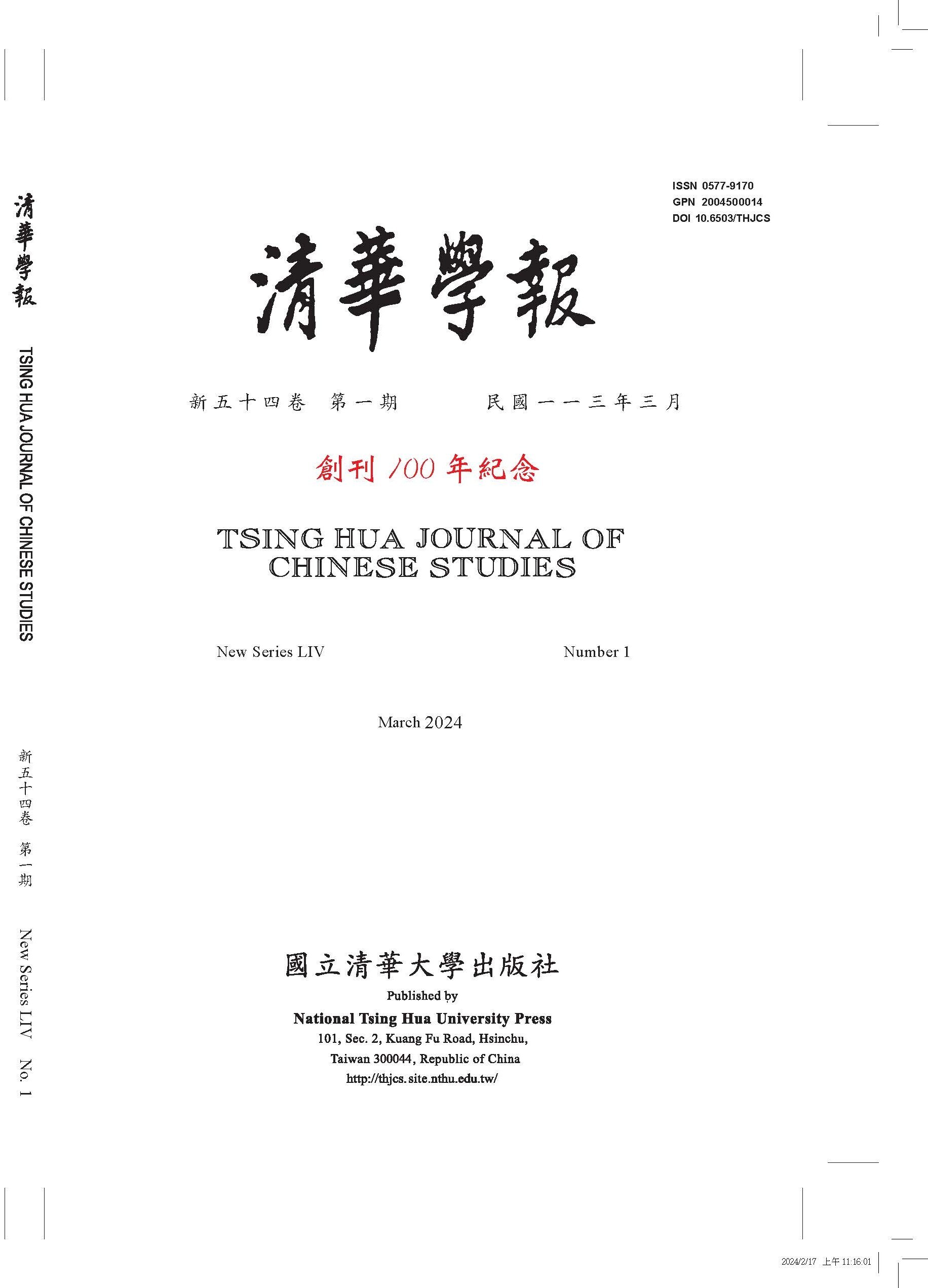From Shared Hardships to Eternal Remembrance: The Life Bond between Wu Peifu and Liu Siying
Vol. 55 No. 2 06/2025
|
Title |
From Shared Hardships to Eternal Remembrance: The Life Bond between Wu Peifu and Liu Siying |
|
Author |
Hsieh Ming-yang |
|
Genre |
Article |
|
Pages |
337-376 |
|
DOI |
10.6503/THJCS.202506_55(2).0004 |
|
Download |
|
|
Language |
Chinese |
|
Key words |
Wu Peifu 吳佩孚, The Collected Works of Wu Peifu 吳佩孚先生集, Liu Siying 劉泗英, The Huaiyuan Poetry Manuscript 懷園詩稿, Penglai Pavilion 蓬萊閣 |
|
Abstract |
This study explores the profound life bond between Wu Peifu 吳佩孚 (1874-1939) and Liu Siying 劉泗英 (1895-1995) through an analysis of The Collected Works of Wu Peifu 吳佩孚先生集 and The Huaiyuan Poetry Manuscript 懷園詩稿. From 1924 to 1932, Liu Siying served as Wu Peifu’s military aide in Sichuan, where he arranged for the publication of Wu’s Penglai Poetry Collection 蓬萊詩草. Their poetic exchanges testify to lives marked by drifting and wandering. In 1939, Liu undertook a perilous journey from the rear lines to Beijing, where he facilitated an agreement between Wu Peifu and the Nationalist government regarding resistance against Japan. That same year, Wu was tragically assassinated. After victory in the Second Sino-Japanese War, Liu returned to Beijing to oversee the construction of Wu’s tomb, an act that transcended life and death. During the war, also, Liu built the Penglai Pavilion 蓬萊閣 in Sanquan Town 三泉鎮, Jinfo Mountain 金佛山, Nanchuan 南川, to commemorate his late friend. Penglai Pavilion became a sublime symbol of Wu Peifu in Liu Siying’s mind. After relocating to Taiwan, Liu’s remembrance of Wu never wavered. Between 1957 and 1959, Liu compiled and edited The Collected Works of Wu Peifu, solidifying Wu’s image as a man of integrity and memorializing their connection for eternity. |

